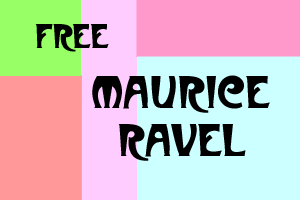
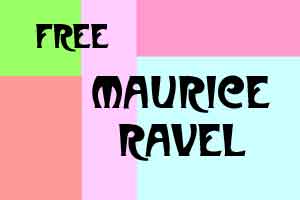
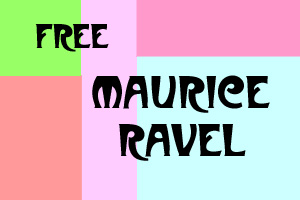
Flat color graphics, with text and sharp edges, make better GIFs than JPEGs. Look at this set of renderings of the same graphic, and you'll understand why:

|
GIF, 6-bit indexed color, 5K |
|---|---|

|
JPEG, Low Quality (10), 6K |

|
JPEG, Max Quality (80), 18K |
As you can see, the GIF version of this graphic is only 5K, and renders it perfectly. The Low quality JPEG, at 6K, distorts the lines and text, making for an unacceptable quality image with a larger file size. The Max quality JPEG, at 18K, manages to preserve the original design accurately, but at 3 to 4 times the file size of the GIF.
For photographs, on the other hand, JPEGs can reproduce the continuous tones and subtle shadings much more accurately than their GIF counterparts, and with smaller file sizes.
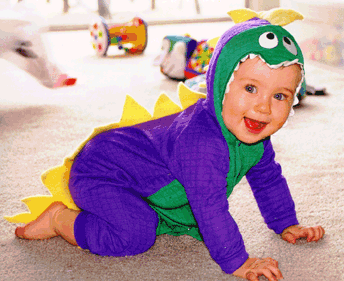
|
GIF, 7-bit indexed color, 44K |
|---|---|
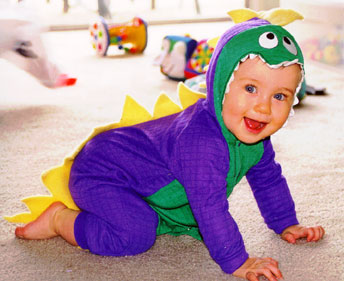
|
JPEG, High Quality (60), 31K |
Notice the color "banding" that occurs in the GIF example above; the final file size is 44K as well, 13K larger than its JPEG counterpart (at 31K). The JPEG is saved at "High" quality, which is moderately compressed, but the image quality is noticeably better than the GIF, especially in terms of color variation and reproduction.
Copyright © 2001 Michael Masumoto. All Rights Reserved.